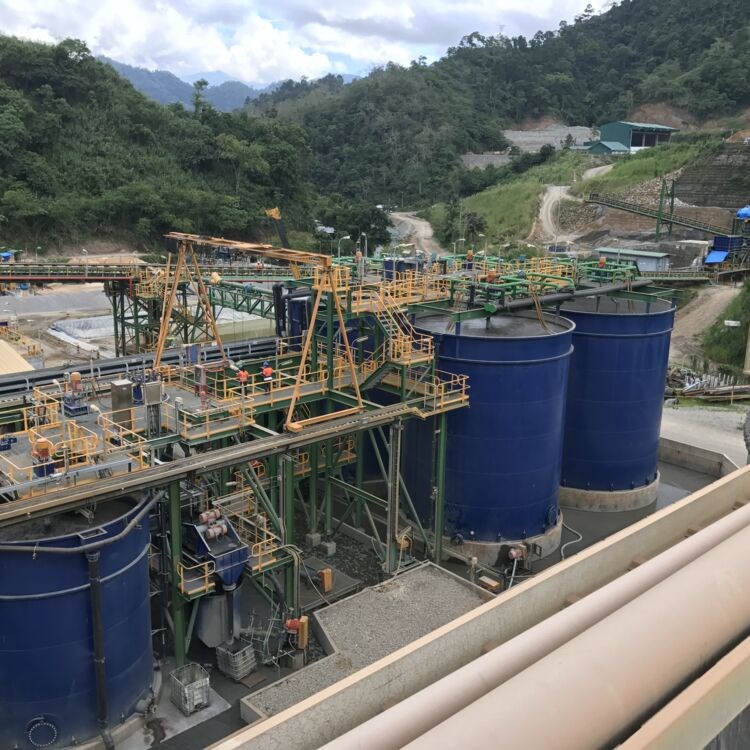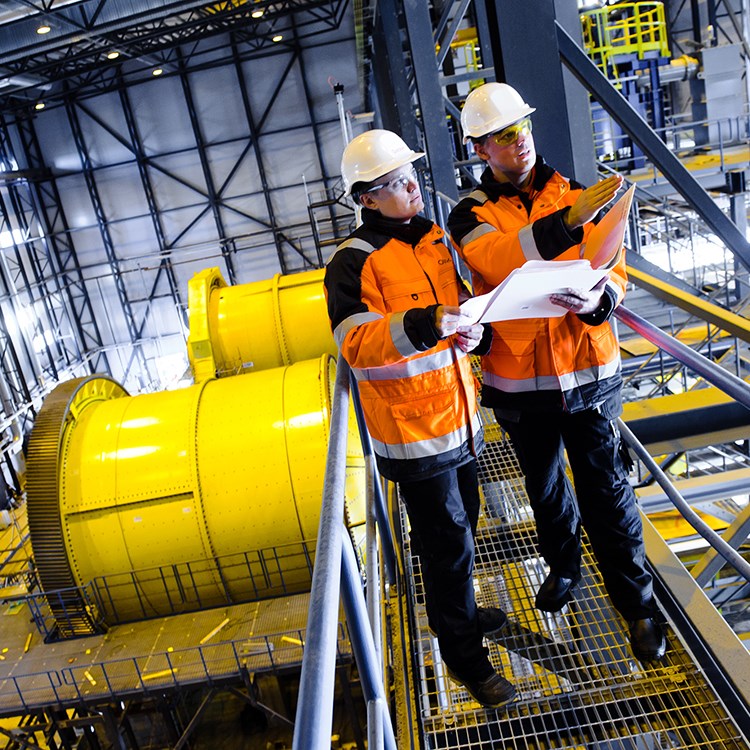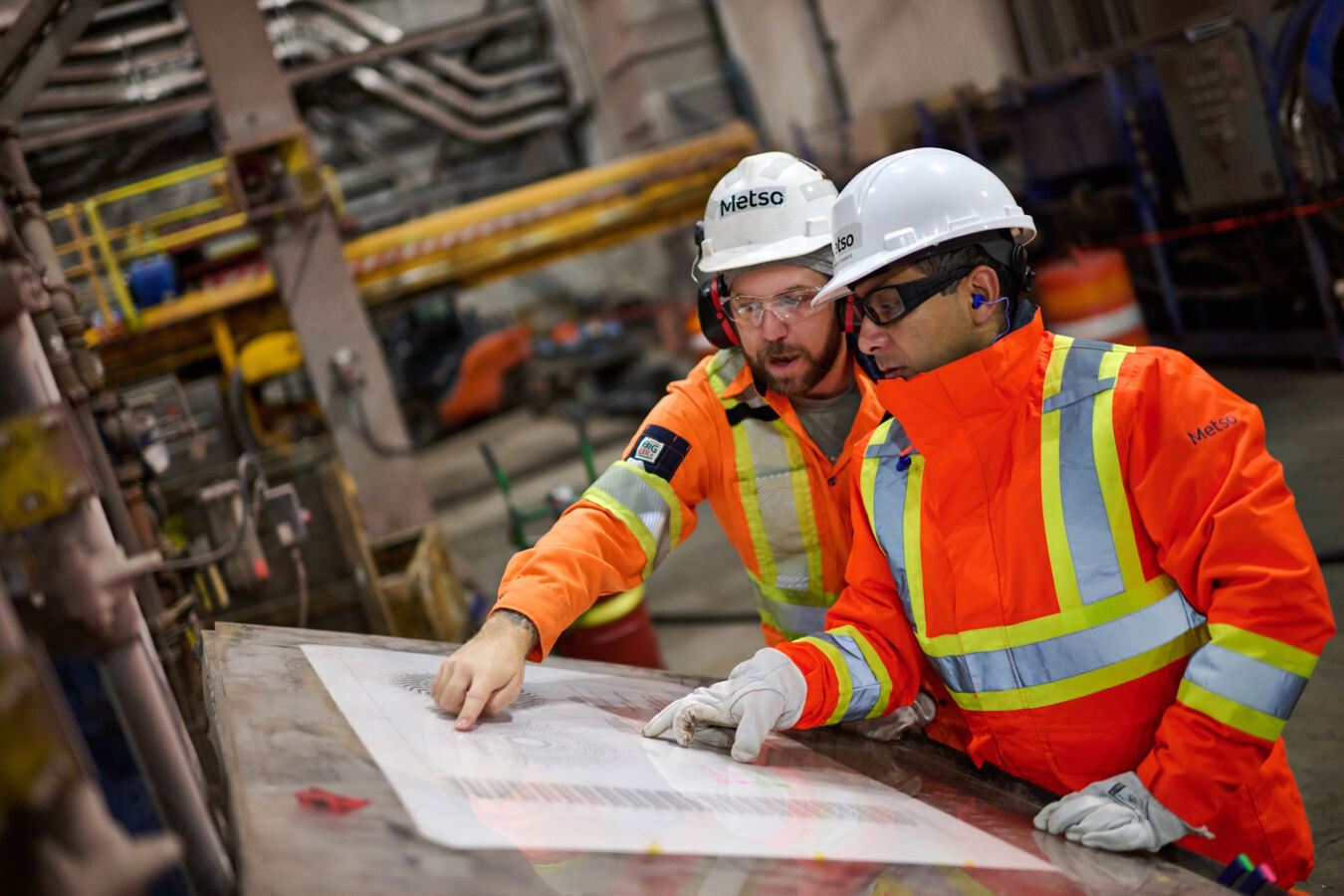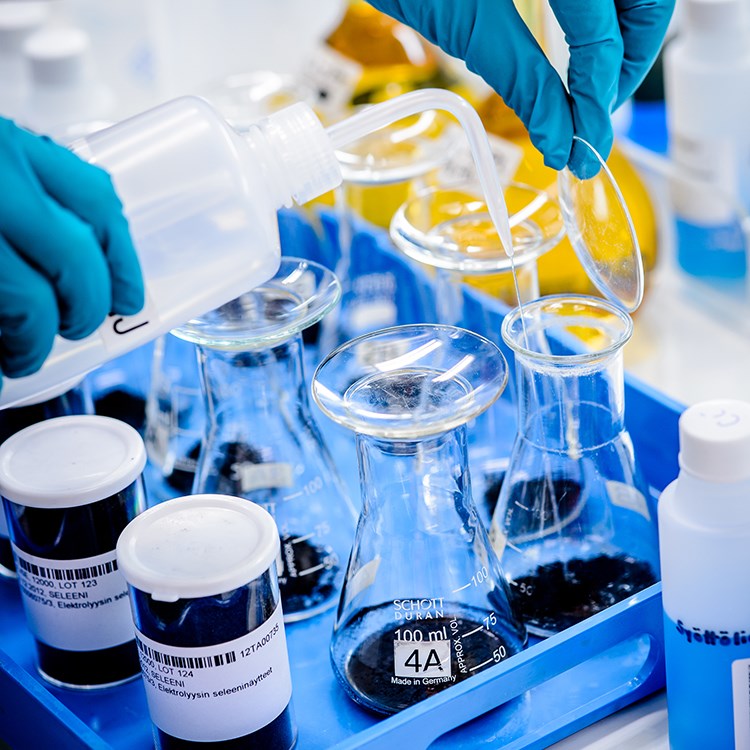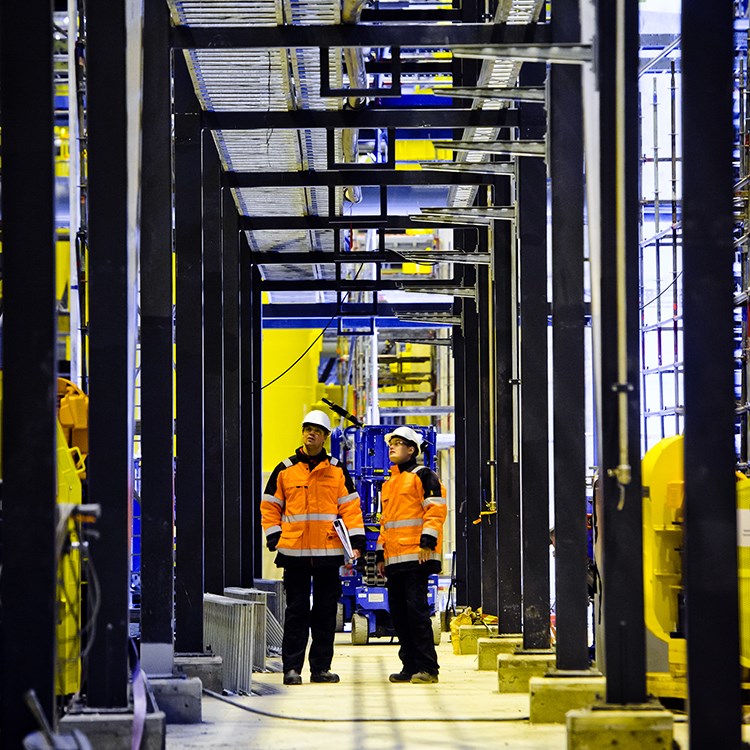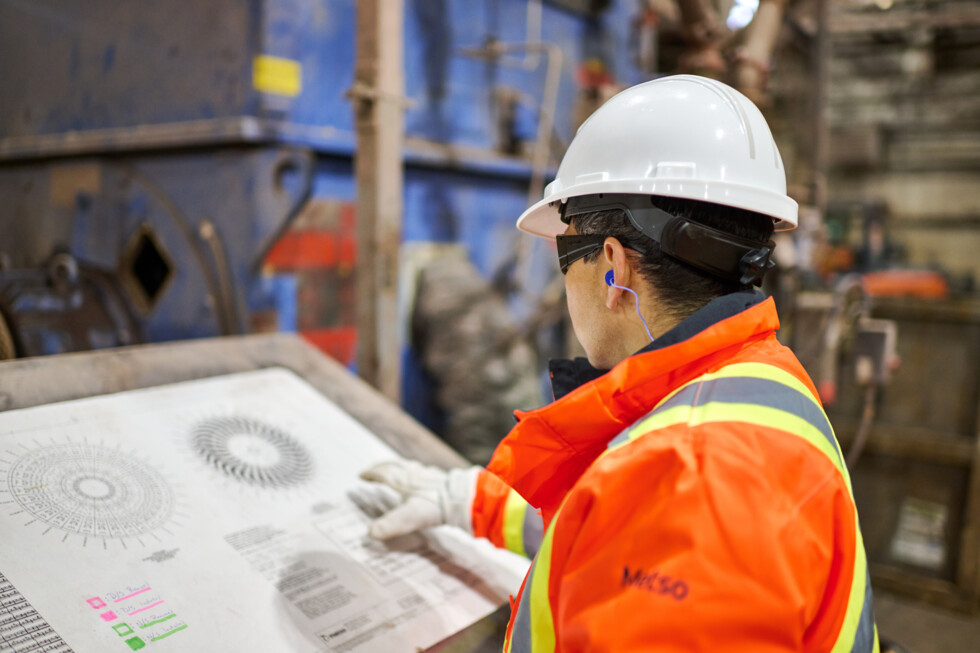Environmental legislation for process water disposal and fresh water availability is becoming increasingly stringent, forcing mining operations to be more prudent with their process water mass balancing. For bio-oxidation plants in particular, the restrictions are more severe given that any possible recycled process water needs to be free of thiocyanate, cyanide, and other toxic metals.
The destruction of cyanide has been studied extensively and various commercial processes are available. Most of these processes are effective for the destruction of cyanide, but not all have proven to be suitable for thiocyanate destruction.
The biological degradation of thiocyanate and cyanide in effluents provides an alternative treatment to more traditional processes. A large number of microorganisms, including bacteria, actinomycetes, and fungi, have demonstrated an ability to degrade cyanide and thiocyanate. The degradation process relies on an aerobic micro-organism consortium that utilizes cyanide, thiocyanate, and certain cyanide metal complexes (WAD CN) as a nitrogen and carbon source. It is believed that for the cyanide-metal complexes, degradation is facilitated through a combination of oxidation and sorption onto the biofilm/biomass.
The ASTER™ process was developed to deliver an improved and integrated water mass balance for subsequent upstream re-usage of treated solution in BIOX® applications. ASTER, an acronym for Activated Sludge Tailings Effluent Remediation, was developed in the late 1990s by researchers of the then Billiton Process Research Laboratories and engineers from Gold Fields Limited. The ASTER process has typical hydraulic residence times of between six and thirty hours, depending on such factors as:
- The temperature of the operation (optimal rates established at 20ºC ≤ T ≤25ºC)
- Feed thiocyanate and cyanide concentrations
- Feed residual anion and cations
- Feed pH

